7 places to never use WD-40 — you’ll be surprised
Here’s where not to use this trusty DIY staple
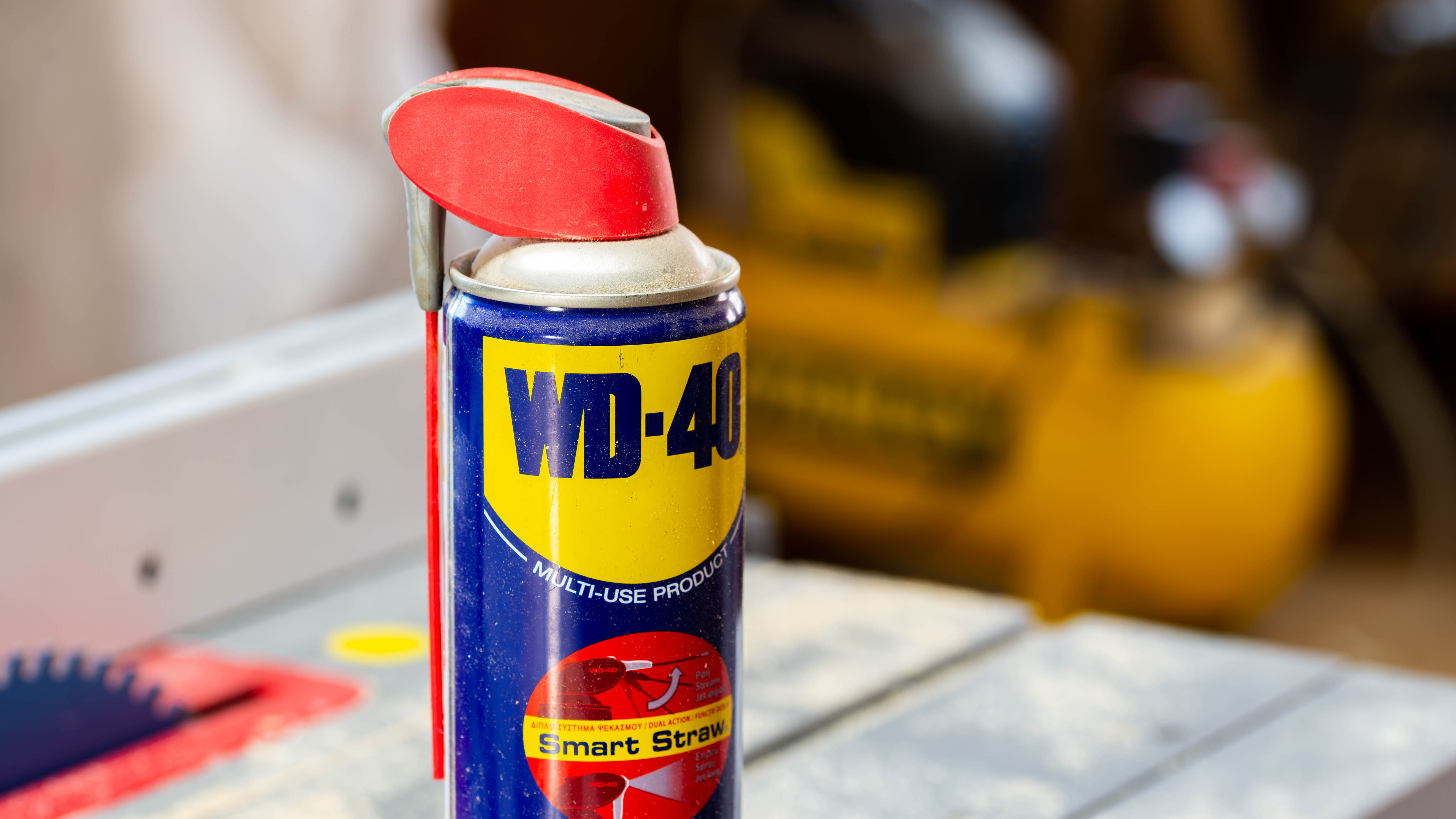
As an easy-to-use and readily available lubricant, WD-40 is a popular product for all sorts of uses around the home, garden, and workshop. It’s something most of us have at the back of a cupboard and can provide an essential quick-fix to all manner of problems. What’s more, it’s not just a lubricant, this clever spray can be used for some cleaning tasks and for preventing rust too.
According to the brand, the WD stands for water displacement — the product is a blend of lubricants as well as anti-corrosion agents. It’s this clever blend that makes it a great all-rounder for tackling a variety of tasks.
But despite having multiple and varied uses, there are some scenarios where reaching for the can of WD-40 is not the best option. So before you accidentally use it in the wrong place, read on to find out exactly what problems you shouldn’t attack with that can of trusty WD-40.
Be sure to also check out 7 things you should never clean with Windex. Plus, these are the 7 things you never knew you could clean with denture tablets and 7 things you never knew you could do with Coca-Cola.
1. Hinges

If you’re on a mission to fix a squeaky door you might be tempted to reach for the can of WD-40, in the hope that a quick spritz will solve the problem.
And it will for a little bit. But the reason you shouldn’t use WD-40 on hinges is that it may be a lubricant, but it doesn’t contain enough lubrication to effectively oil the hinge and keep it operating smoothly and squeak free for very long. Plus, it can attract dust and dirt to the area, damaging the hinge in the longer term.
Use a lubricant such as lithium grease instead, an example being Permatex White Lithium Grease ($4.23, Amazon). Remember to clean the hinge before you apply the lubricant if you want it to last as well.
Sign up to get the BEST of Tom's Guide direct to your inbox.
Get instant access to breaking news, the hottest reviews, great deals and helpful tips.
2. Bike chains
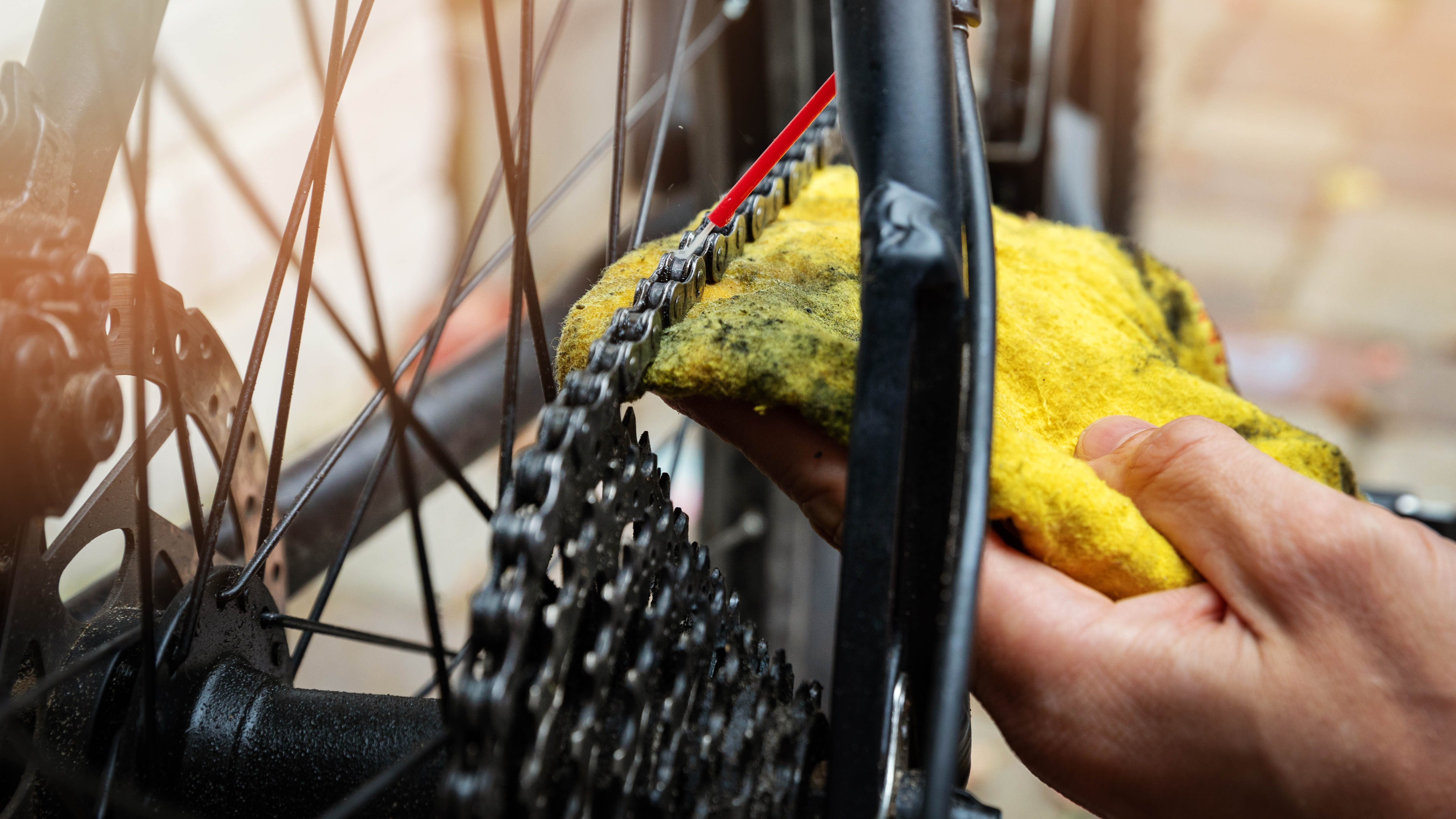
No matter if you’ve splashed out on a fancy new electric bike or you’re still relying on pedal power, keeping your bike in tip-top condition requires regular maintenance. And whether or not you should use regular WD-40 on a bike chain is hotly debated across the internet.
It’s true that it won’t damage your bike chain, and it works as an effective degreaser if you need to clean the chain. But to lubricate the chain, WD-40 makes a Specialist Bike Chain Lube ($13.75, Amazon), which is going to be the most effective thing for the job. The standard WD-40 isn’t greasy enough to properly lubricate the chain of your bike.
3. Locks
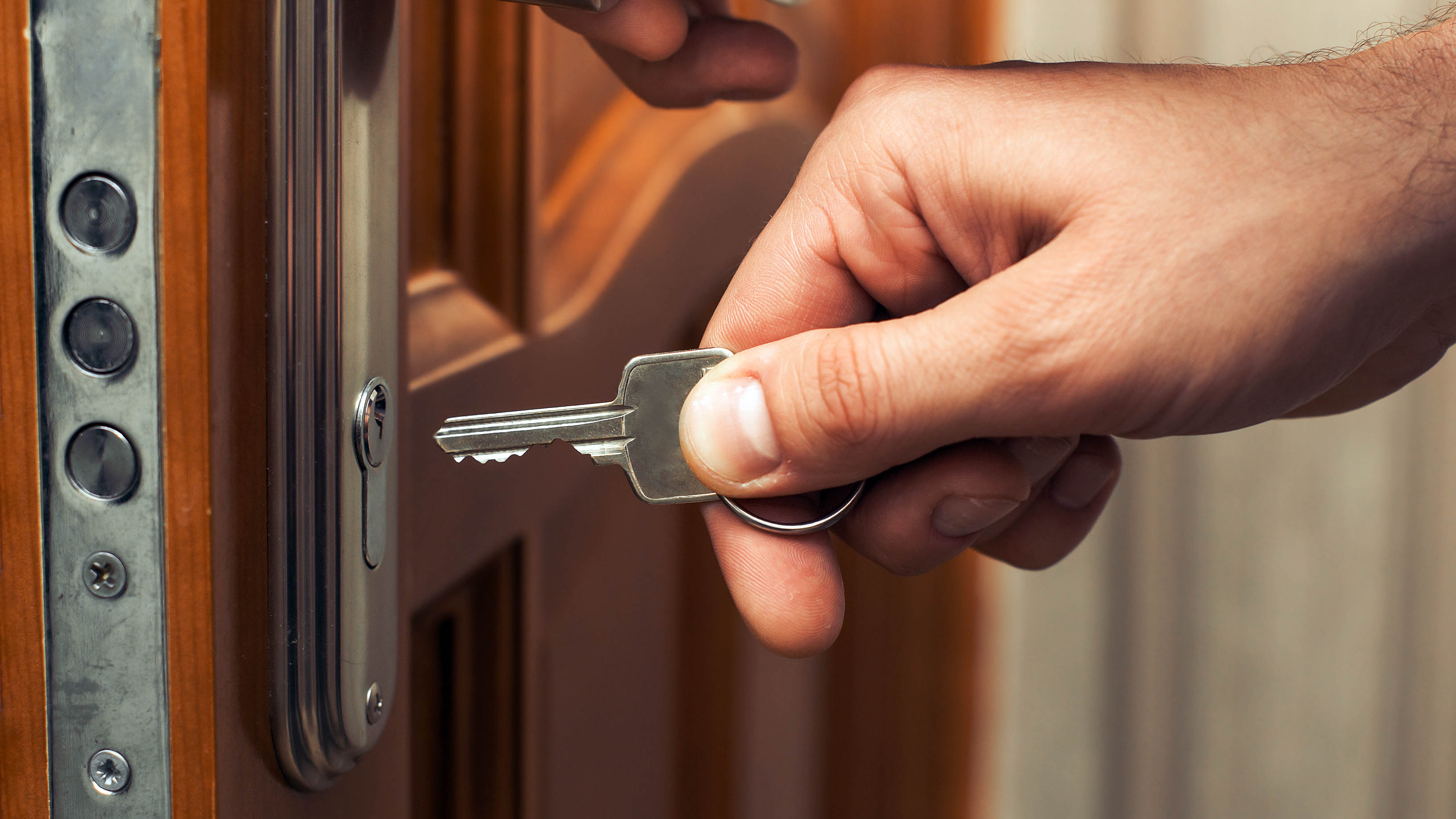
Unless you’ve upgraded your entry system to a smart lock, you might be familiar with the problem of a key operated lock becoming stiff and hard to turn. As with hinges, WD-40 might temporarily alleviate the problem, but it doesn’t contain enough of the oily lubricant needed to grease up the mechanism and make it turn easily.
And, since WD-40 also acts as a degreaser, it could remove any remaining lubricant and make the problem worse in the long run.
4. Polycarbonate and clear polystyrene plastic

WD-40 is a great product for rejuvenating plastic items; it can help remove grime and add a welcome shine to dulled plastic. It’s often recommended for sprucing up garden furniture, and the brand says it works wonders on the plastic in the interior of your car. But WD-40 can’t be used on polycarbonate and clear polystyrene plastic.
Polycarbonate is impact-resistant and clear, so it can often be found in eye-glasses, lighting fixtures, and plastic greenhouses. Similarly, clear polystyrene can be used in glazing and packaging. Sometimes it’s tricky to know exactly what type of plastic you have, so err on the side of caution, especially when it comes to clear plastics.
5. Sensitive electronics
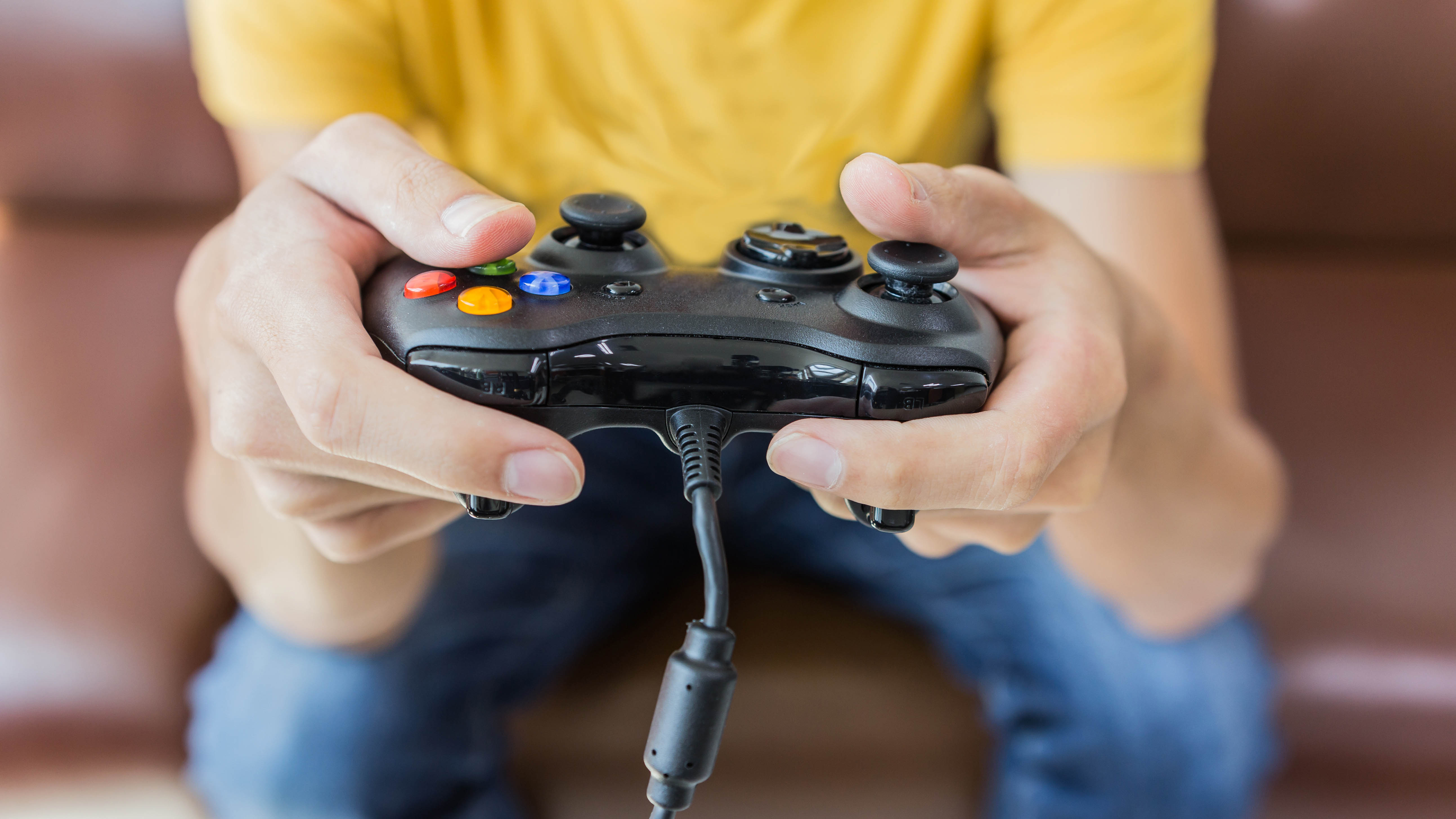
We rely on our devices such as phones and tablets, so when they go wrong we usually look for a quick fix solution in the hope that they’ll be up and running again as soon as possible.
But if you’ve got a button that sticks, or a sliding button that won’t budge, don’t reach for the WD-40. Not only could the product damage your expensive electronics on the exterior, if sprayed on a button, it could seep inside and cause further internal damage. Using WD-40 also may invalidate any warranty you have left.
6. Wax polishes and some wax coatings
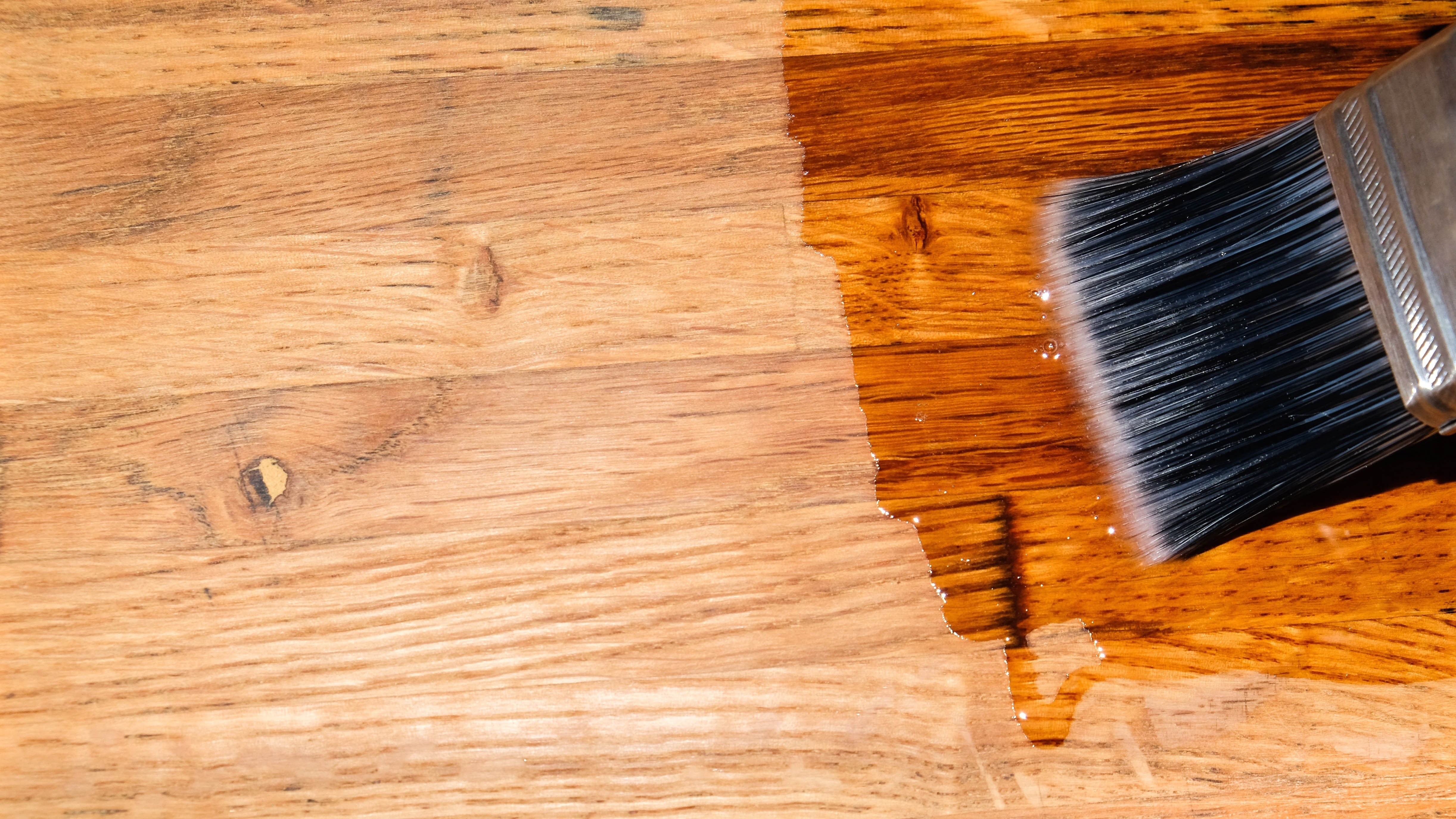
While WD-40 is safe to use on lots of painted surfaces and can remove things like crayon or gum, you should avoid using it on waxed furniture or any wood with a wax coating. WD-40 can soften the wax, which could affect the appearance.
At worst the lubricant could remove the wax all together and mean the whole piece of furniture needs refinishing. As a rule of thumb, on any painted or treated surface, test WD-40 in an inconspicuous area first to avoid any potential disasters.
7. Anything that comes into contact with food
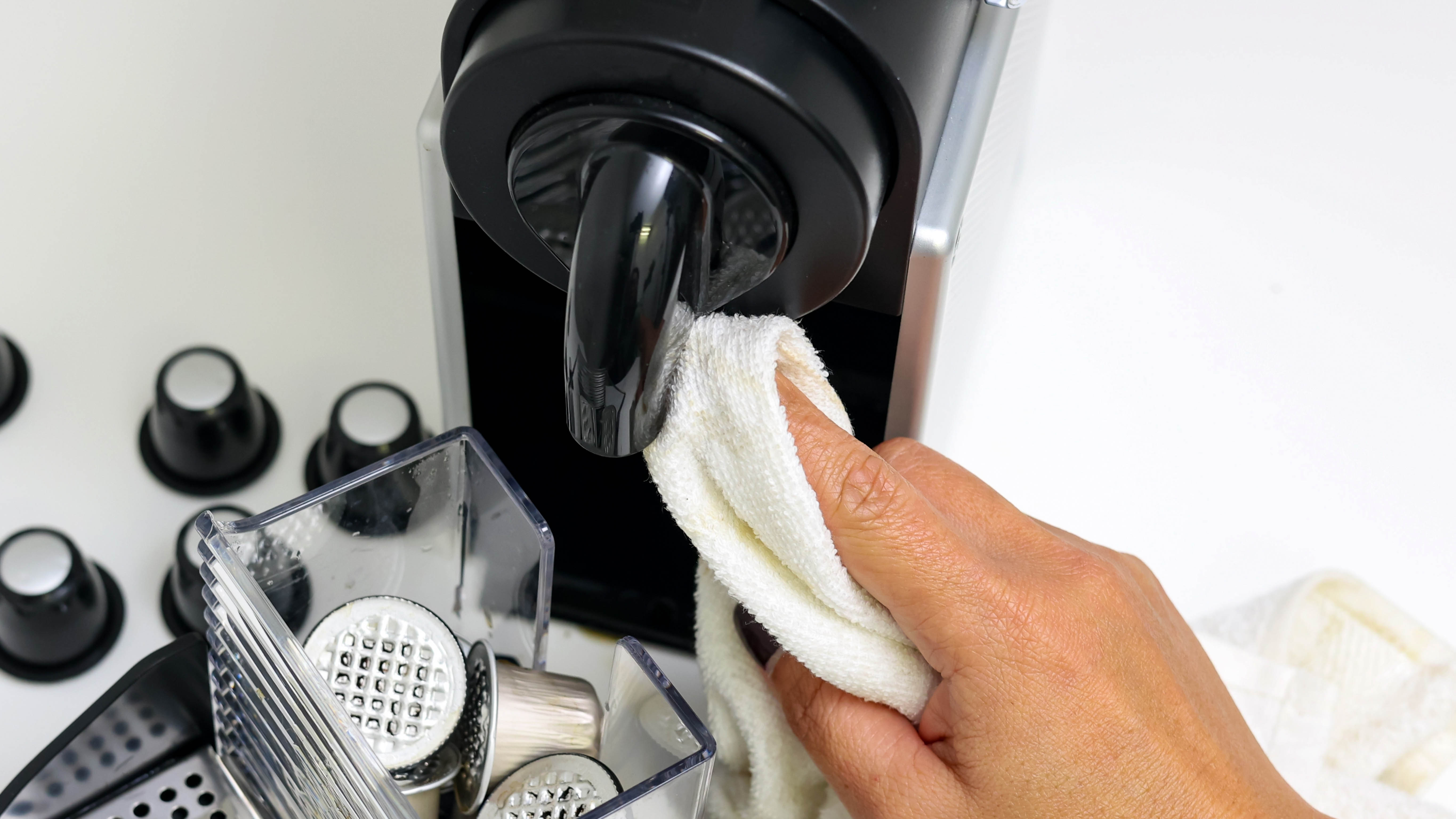
WD-40 is not food safe so it shouldn’t be used to fix anything that comes into contact with food. Thus, we’d suggest you avoid using it when fixing any kitchen appliances, where possible. Or at least limit your use to the parts of the kitchen that don’t come into contact with food or drink.
WD-40 can be useful for removing grease and grime from tile grout, or shining a stainless steel fridge door. However, be careful to use small amounts and clean food preparation surfaces afterward in case of any over-spray. Always wash your hands thoroughly after using, especially if you’re about to eat or prepare foods.
Don’t ditch your can of WD-40, though — it’s still a great product that can be a help all around the home. Some of our favorite uses include removing nasty sticky residues, like that sticky mess left behind by duct tape or even gum. It’s also a handy stain remover that can remove ink from several surfaces. And we already mentioned that WD-40 can bring a shine to your plastic outdoor furniture, but surprisingly, it’ll do the same to your fake plants if you rub it over the leaves — who knew?
More from Tom's Guide
Helen started reviewing home and kitchen appliances in 2007 at the Good Housekeeping Institute and has never looked back. She’s now freelance and reviews all sorts of appliances from her home in a pretty village in the UK. Despite having reviewed hundreds of coffee machines in her time, she’s only recently developed a love for coffee and a daily coffee habit, which makes tasting all those coffees much more enjoyable!
-
rockiebattles411 Reply
This is a good list, and I'm not saying you're wrong, but I'm not so sure about that first one (hinges); I have several hinges in my house that I applied WD-40 to years ago (more than 5, in most cases), and haven't had any problems with since. Still, great list! But seriously, who is putting WD-40 near food utensils & things like that?!??admin said:WD-40 can work wonders, but there are some places it should never be used.
7 places to never use WD-40 — you’ll be surprised : Read more
🤨😳😁🤔

